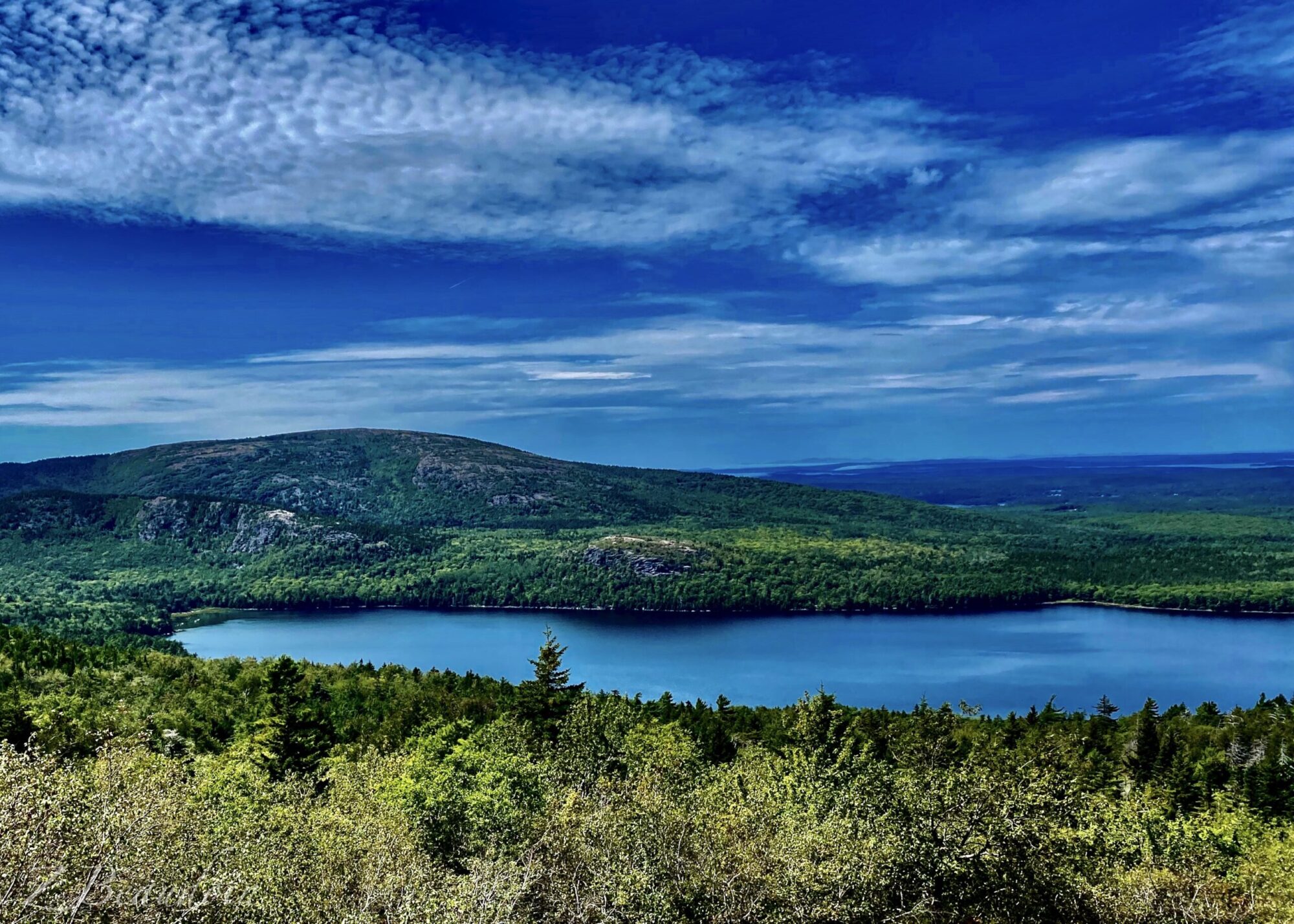Before my move to Colorado, I had a different appreciation for the lush, verdant landscapes of the Northeast. Growing up in New York, the concept of sprawling national parks seemed distant, with state parks being more of the norm. Yet, in 2020, a journey to Maine introduced me to the first national park of the Northeast. Transforming my rented car into a makeshift digital office, I ventured from my parents’ home in Western New York to explore some of our Eastern neighbors and learn more about our natural history.
Rich in history, the land called Acadia is deeply intertwined with the heritage of the Wabanaki Confederacy, or “People of the Dawnland,” which includes the Maliseet, Mi’kmaq, Passamaquoddy, Abenaki, and Penobscot nations. With their rich traditions and stewardship, these nations have long revered Mount Desert Island—or Pemetic, “range of mountains”—as a central piece of their ancestral homeland. The park’s very name, derived from the Mi’kmaq word “akadie,” meaning “piece of land,” and later transformed by French explorers into l’Acadie, encapsulates the essence of this storied landscape.
Acadia National Park, with its designation as the first national park east of the Mississippi River, stands as a testament to the foresight of conservation-minded individuals. Initially known as Lafayette National Park, this park was birthed from the donation of private lands, an act of preservation named after the former French colony of Acadia. During their brief history, their region once encompassed parts of Maine, extending up to Canada.
For me, this pilgrimage to Acadia began as mere exploration, but it became a profound journey through the corridors of time, the accompanying history connecting me to the ancient stewardship of the Wabanaki people and the conservation efforts that have preserved this land for generations. As a photographer, capturing the beauty of Acadia allowed me to not only document its majestic landscapes but also to participate in its ongoing narrative—a narrative that encompasses the deep greens of the Northeast, the conservation ethos that led to its protection, and learn about the enduring legacy of its indigenous peoples.


























